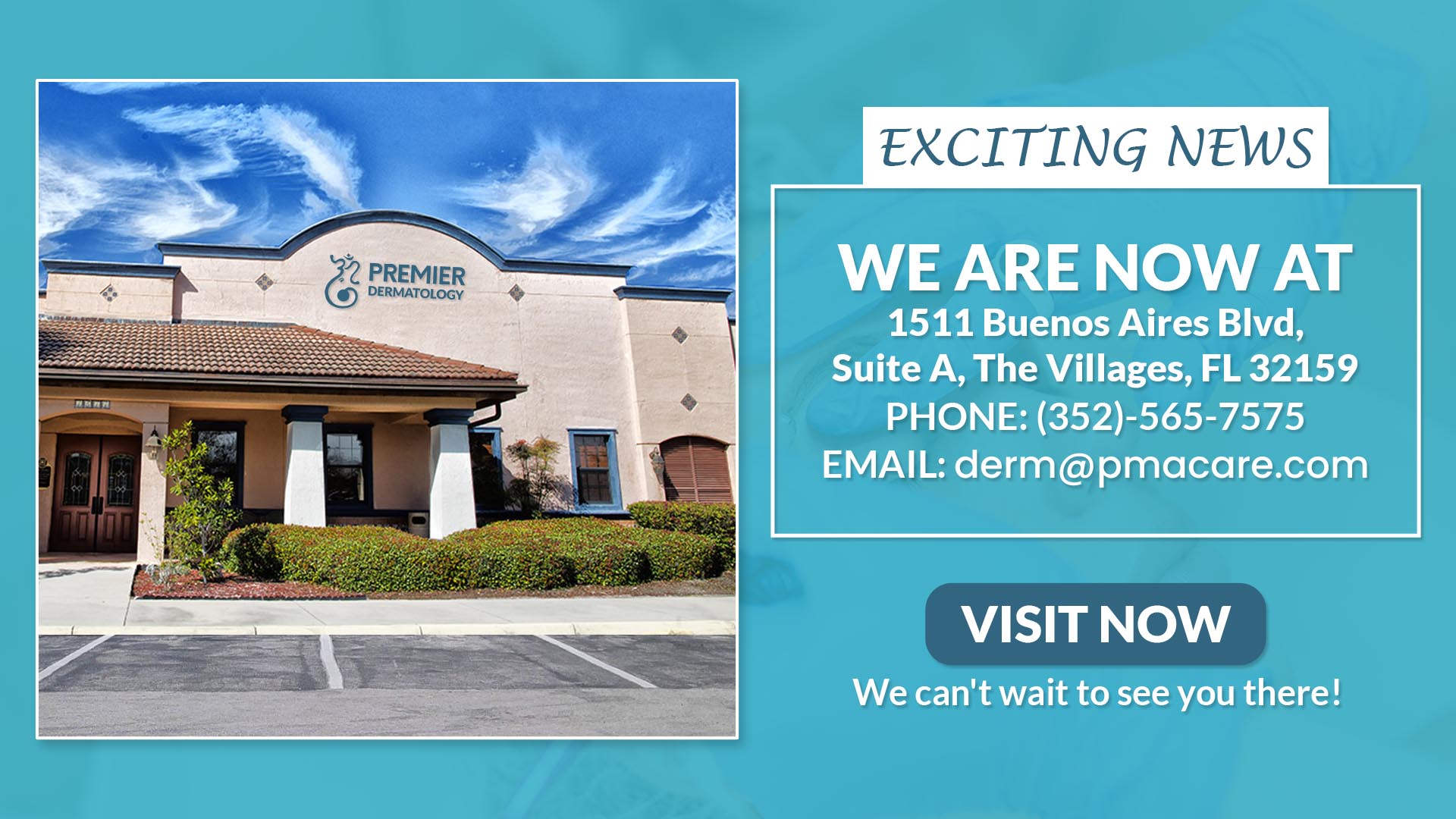Rosacea is a chronic skin condition that primarily affects the face, causing redness, visible blood vessels, and sometimes small, pus-filled bumps. While it is not life-threatening, rosacea can significantly impact a person’s self-esteem and quality of life. The condition is most common in adults aged 30–50 and tends to affect individuals with fair skin, though it can occur in anyone. This guide provides an in-depth look at rosacea, including its symptoms, triggers, types, and treatment options.
What Is Rosacea?
Rosacea is a long-term inflammatory skin condition that often begins with episodes of facial flushing or redness. Over time, the redness becomes more persistent, and other symptoms such as bumps, swelling, or thickened skin may develop. Although the exact cause of rosacea is not fully understood, it is believed to involve a combination of genetic predisposition and environmental factors that trigger inflammation and vascular changes in the skin.
Symptoms of Rosacea
The symptoms of rosacea can vary widely among individuals but generally include:
- Facial Redness (Erythema): Persistent redness across the central part of the face (cheeks, nose, forehead, and chin) is the hallmark symptom.
- Visible Blood Vessels (Telangiectasia): Small blood vessels become visible on the surface of the skin.
- Bumps and Pimples: Acne-like breakouts may occur on red patches of skin but without blackheads or whiteheads.
- Burning or Stinging Sensations: The skin may feel sensitive or irritated.
- Thickened Skin (Phymatous Changes): In advanced cases, the skin may thicken and develop a bumpy texture, particularly on the nose (rhinophyma).
- Eye Irritation (Ocular Rosacea): Some people experience dryness, redness, or irritation in their eyes.
Types of Rosacea
Rosacea is classified into four main subtypes based on its symptoms:
- Erythematotelangiectatic Rosacea (ETR):
- Characterized by persistent redness and visible blood vessels.
- Flushing episodes are common.
- Papulopustular Rosacea (PPR):
- Includes acne-like breakouts on red patches of skin.
- Often mistaken for acne but lacks comedones (blackheads or whiteheads).
- Phymatous Rosacea:
- Causes thickened skin with a bumpy texture.
- Most commonly affects the nose (rhinophyma) but can also involve other areas.
- Ocular Rosacea:
- Affects the eyes, causing redness, dryness, irritation, or swelling.
- In severe cases, it can lead to vision problems if left untreated.
What Causes Rosacea?
The exact cause of rosacea remains unclear; however, several factors are believed to contribute to its development:
- Genetics: A family history of rosacea increases susceptibility.
- Immune System Dysregulation: An overactive immune response may trigger inflammation in the skin.
- Demodex Mites: These microscopic mites live on human skin and may play a role in triggering rosacea in some individuals.
- Vascular Abnormalities: Dysfunction in blood vessel regulation can lead to flushing and visible veins.
- Environmental Triggers: Certain environmental factors exacerbate symptoms (discussed below).
Common Triggers for Rosacea
Identifying and avoiding triggers is a key part of managing rosacea. Common triggers include:
- Sun Exposure: UV rays can worsen redness and inflammation.
- Hot Weather or Cold Wind: Extreme temperatures irritate sensitive skin.
- Spicy Foods and Alcohol: These can dilate blood vessels, leading to flushing.
- Stress: Emotional stress often exacerbates symptoms.
- Exercise: Intense physical activity increases blood flow to the face.
- Skincare Products: Harsh cleansers or products with alcohol or fragrances may irritate the skin.
Keeping a symptom diary can help identify individual triggers.
Diagnosing Rosacea
Rosacea is typically diagnosed through a physical examination by a dermatologist based on visible symptoms such as redness and bumps on the face. Additional tests are rarely needed unless another condition mimics rosacea’s symptoms.
Treatment Options for Rosacea
While there is no cure for rosacea, various treatments can effectively manage its symptoms and prevent flare-ups.
1. Topical Medications
Topical treatments are often the first line of defense for mild to moderate rosacea:
- Brimonidine Gel: Reduces redness by constricting blood vessels temporarily.
- Metronidazole Cream/Gel: An anti-inflammatory agent effective for reducing bumps and pimples.
- Azelaic Acid Gel: Helps reduce inflammation and improve overall skin texture.
- Ivermectin Cream: Targets Demodex mites that may contribute to inflammation.
2. Oral Medications
For moderate to severe cases or when topical treatments are insufficient:
- Antibiotics (Doxycycline): Reduce inflammation rather than targeting bacteria directly.
- Isotretinoin: Used in severe cases with resistant acne-like symptoms; requires close monitoring due to potential side effects.
3. Laser Therapy
Laser treatments are highly effective for reducing redness and visible blood vessels:
- Pulsed dye lasers target dilated blood vessels beneath the skin’s surface.
- Intense pulsed light (IPL) therapy improves overall skin tone.
4. Surgical Procedures
In advanced cases involving thickened skin (phymatous rosacea), surgical options like dermabrasion or laser resurfacing can remove excess tissue and restore a smoother appearance.
5. Skincare Routine
A gentle skincare routine helps minimize irritation:
- Use mild cleansers free from alcohol or fragrances.
- Apply broad-spectrum sunscreen daily with SPF 30 or higher to protect against UV damage.
- Moisturize regularly to maintain hydration.
Managing Rosacea Through Lifestyle Changes
In addition to medical treatments, lifestyle adjustments play an important role in controlling flare-ups:
- Avoid known triggers such as spicy foods or extreme temperatures.
- Manage stress through relaxation techniques like yoga or meditation.
- Stay hydrated by drinking plenty of water throughout the day.
- Use cosmetics designed for sensitive skin; green-tinted primers can help neutralize redness.
Complications Associated with Rosacea
If left untreated, rosacea can lead to complications such as:
- Worsening redness and permanent changes in skin texture due to repeated inflammation.
- Thickened nasal tissue (rhinophyma), which may require surgical correction.
- Vision problems caused by untreated ocular rosacea.
When to See a Dermatologist
You should consult a dermatologist if you experience persistent facial redness accompanied by other symptoms like bumps or eye irritation that do not improve with over-the-counter remedies.
Conclusion
Rosacea is a chronic but manageable condition that requires a combination of medical treatments, lifestyle changes, and trigger avoidance for effective control. Early diagnosis and intervention are key to preventing complications like thickened skin or vision issues associated with ocular rosacea.By working closely with a dermatologist to develop a personalized treatment plan—and adopting gentle skincare practices—individuals with rosacea can achieve significant symptom relief while improving their overall quality of life!
Share
Rewrite



